Ethiopia has said 13 members of a separatist rebel group were killed by its army during a failed attack on the site of Africa’s largest hydropower project, the Grand Ethiopian Renaissance Dam (GERD).
Zadig Abraha, Ethiopia’s minister for government communications, said on 1 March the assault was launched by 20 members of the Benishangul Gumez People’s Liberation Movement, but that they were intercepted before they could reach the site of the Nile dam, which is nearing completion near the Sudan border.
We are preparing discussions with the governments of Sudan and Egypt to ensure the dam doesn’t cause any significant harm on the lower riparian countries– Debrestion Gebremical, Ethiopian minister of IT
He added that seven assailants who fled to Sudanese territory were later apprehended by that country’s security forces and delivered to the Ethiopian authorities, reports Ethiopia’s state broadcaster, Fana.
Abraha pointed the finger at Eritrea, Ethiopia’s arch-enemy, as the organiser of the attack, however other officials have claimed in the past that the Egyptian government was financing armed groups on its territory and encouraging them to sabotage the project.
Egypt has long made its opposition to the GERD clear, on the grounds that it will reduce water flow in the river. The Blue Nile, which begins in the Ethiopian highlands, is the source of 85% of the lower Nile’s water, which Egypt’s 80 million people depend on for drinking, industry and agriculture.
However, the $5bn, 6.5GW dam, which is being built by Italian company Salini Impregilo, is seen as essential to the national development of Ethiopia, both as a source of power and as a symbol of what the country can achieve out of its own financial resources.
Debrestion Gebremical, minister for IT, told journalists last week that work on the dam was nearing completion, and that it would soon be generating 750MW of power.
He said: “Construction of power receiver and transmission stations as well as the installation of power transmission lines have been fully completed. The only thing left is fixing the two turbines that generate 375MW each.”
He said the next step would be to enable the dam to hold water, after which the filling of its reservoir would take place, adding: “We are preparing discussions with the governments of Sudan and Egypt to ensure the dam doesn’t cause any significant harm on the lower riparian countries.”
Image: The site of the dam (Mada Masr)
Further Reading:
Comments
Comments are closed.





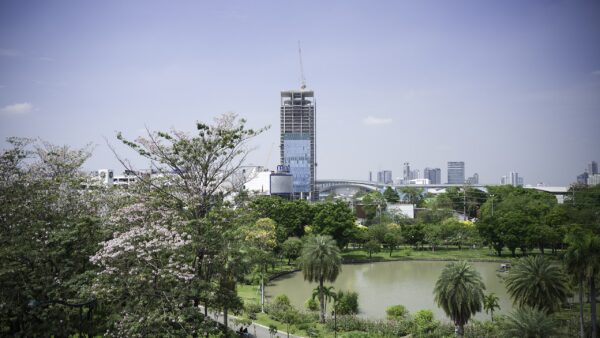
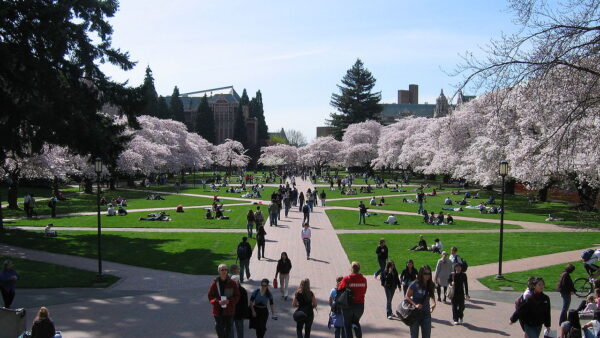
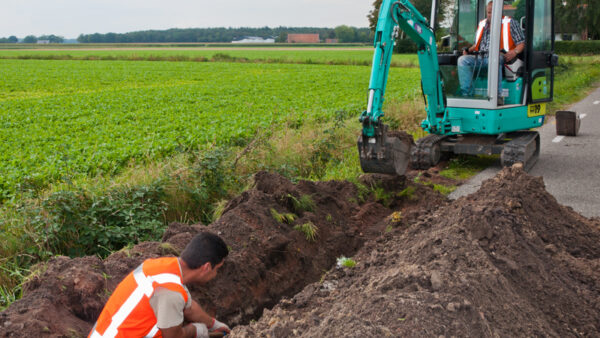
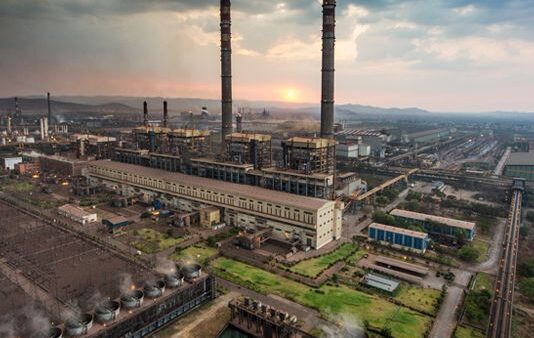
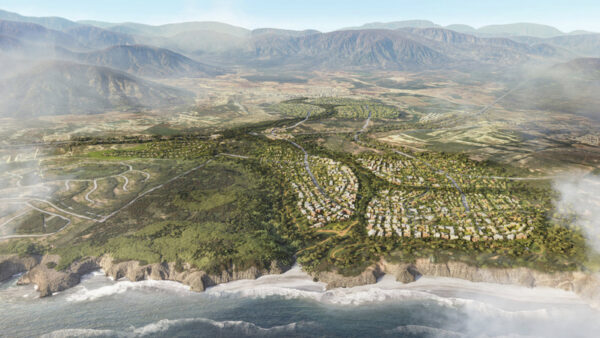
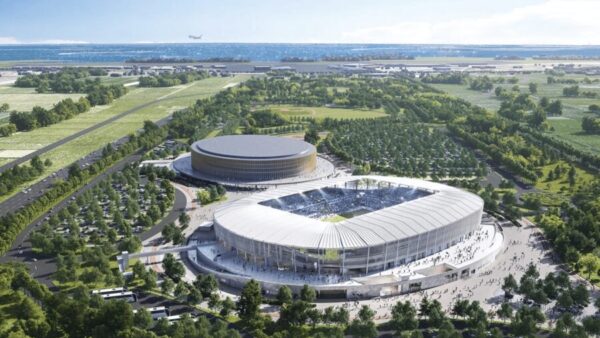
all dams on the river should have lock so that one day ships can come up river